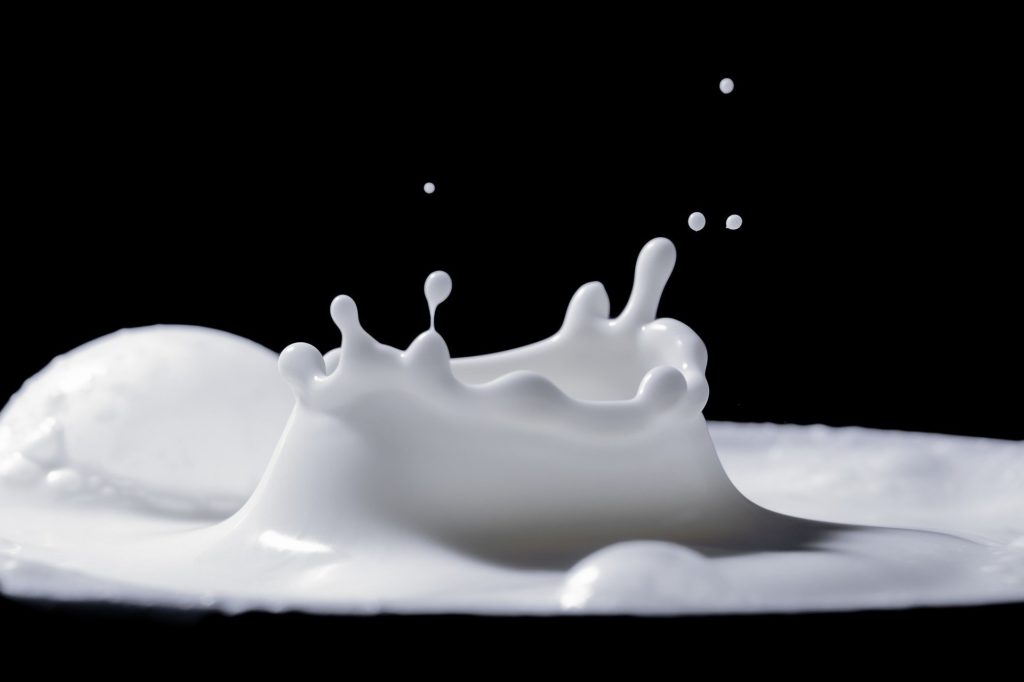
Microorganisms from the environment can enter the dairy supply chain at multiple stages, including production, milk collection, and processing, with potential implications for quality and safety. The ability to track these microorganisms can be greatly enhanced by the use of high-throughput DNA sequencing (HTS), say Teagasc and UCC researchers, who recently published a paper in the peer reviewed journal mSystems on ‘Tracking the Dairy Microbiota from Farm Bulk Tank to Skimmed Milk Powder’.
According to lead author, Teagasc Walsh Scholar, Aoife McHugh: “Microorganisms can enter and persist in dairy production at several stages of the processing chain. Detection of microorganisms within dairy food processing is currently a time-consuming and often inaccurate process. This study provides evidence that high-throughput sequencing can be used as an effective tool to accurately identify microorganisms along the processing chain”. In addition, says Aoife, it demonstrates that the populations of microbes change from raw milk to the end product. Routine implementation of high-throughput sequencing would elucidate the factors that influence population dynamics. “This will enable a manufacturer to adopt control measures specific to each stage of processing and respond in an effective manner, which would ultimately lead to increased food safety and quality,” explains McHugh.
Senior author, Head of Food Biosciences at Teagasc, Professor Paul Cotter, noted that, “This study has very important implications for the food industry in terms of tracking how spoilage and disease-causing microorganisms can enter into the food chain. It is of particular note that it was carried out through testing of real world milk samples collected from over 50 farms and at the various steps along the process until the resultant skim milk powder product was made”. This study also inspired the EU-funded MASTER project, led by Professor Cotter, whereby this approach will be further developed through testing across 100 food processing companies around Europe. These initiatives parallel similar applications of HTS around the globe to track the movement of microorganisms in other facilities, including hospitals.


